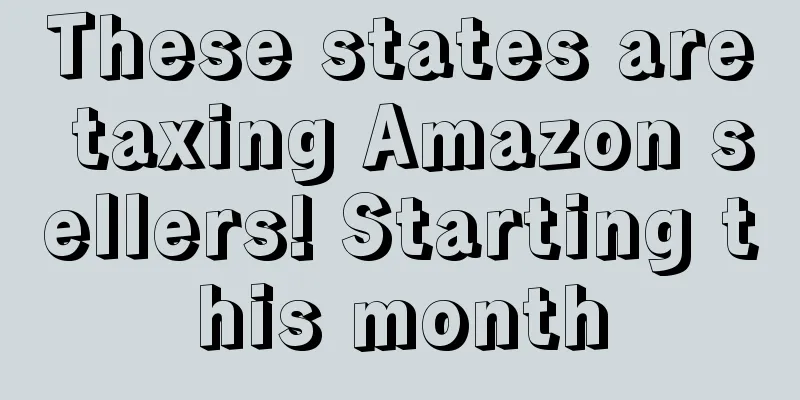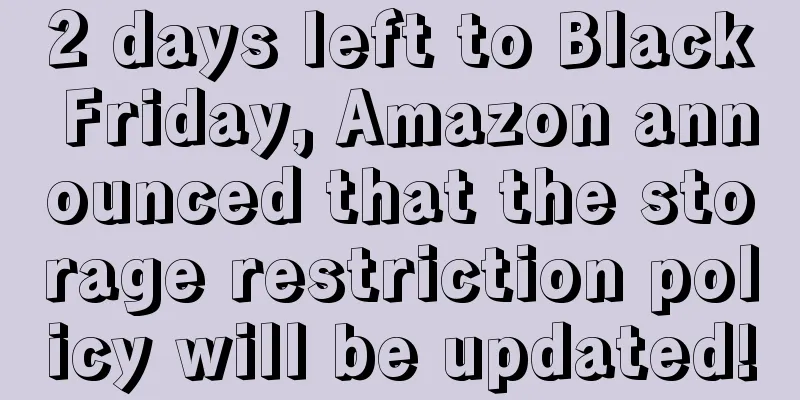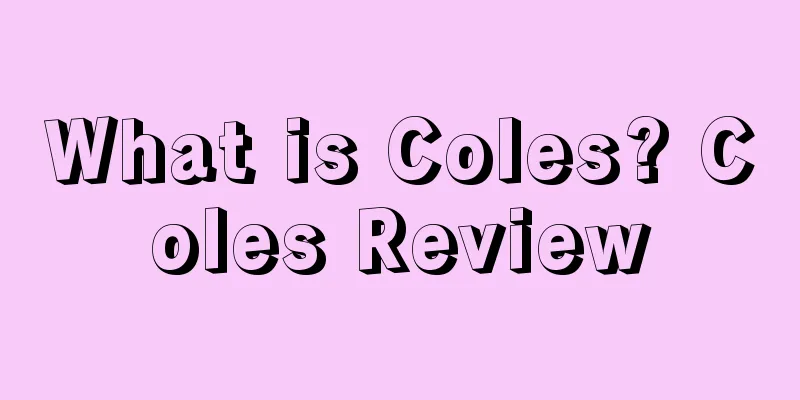These states are taxing Amazon sellers! Starting this month

|
This year, Amazon has been making continuous tax moves. In March, it announced that it would collect sales and use taxes from two states, Nebraska (NE) and the District of Columbia (DC). Recently, because more state governments have completed the revision of e-commerce tax bills, Amazon has announced again that it needs to collect and remit consumption and use taxes to these state governments. The tax collection this time is quite large, directly involving 7 new states, namely Arkansas (AR) Indiana (IN) Kentucky (KY) New Mexico (NM) Rhode Island (RI) Virginia (VA) West Virginia (WV) Wyoming (WY) How are taxes collected in these states? What should sellers pay attention to? Let me explain in detail. 01 Sales and Use Tax Everyone should be familiar with the sales and use tax. As one of the few taxes on US sites, although sales tax is a fee levied on consumers, sellers actually bear part (or even all) of it. In fact, sales tax is completely unavoidable in offline product sales. Amazon now frequently updates and requires new states to collect sales tax because the laws of various states have not yet perfected the regulations on e-commerce taxation. In order to include e-commerce in the scope of taxation, state governments generally formulate new tax laws based on the following three situations. 1. Click-through Nexus For example, if I hired a website or agency in that state to help me with traffic and promotion, and sold to customers in that state, this would constitute a connection. All these sales orders need to pay taxes. 2.Virtual and Economic Nexus This is known as remote sales connection. If sales to the state exceed the specified amount or unit volume threshold, sales tax must be paid. 3. Dropship Nexus Purchasing goods from wholesalers in the state and having them ship on your behalf also constitutes a nexus and requires the payment of tax. The situation we may be involved in is the second type of remote sales connection, that is, as long as the cumulative sales in the state that levies e-commerce sales tax exceeds a certain value, sales tax must be paid. 02 What should we sellers pay attention to? Previously, not many states had updated their tax laws to require Amazon sellers to collect taxes, and sellers may have often ignored the existence of this tax. However, as new states continue to join the tax collection ranks, there are now 23 states that are collecting sales tax from Amazon sellers. Below is a detailed form for everyone. The tax collection method is automatic. When Amazon detects that your sales in a taxable state have reached the threshold of that state, it will automatically calculate the tax and collect it and remit it to the state government. When you see the taxation mode as "Mall Service Provider" and the party responsible for taxation is "Amazon" in the order details or transaction details, it means that sales tax has been automatically withheld by Amazon for this order. The calculation and collection of taxes is automatically and compulsorily performed by Amazon, which brings up a problem. If the seller already has other links in the taxable state and has paid sales tax in this state through a tax consultant, Amazon's mandatory tax deduction operation will cause the seller to pay taxes again. In this case, sellers cannot cancel Amazon's mandatory automatic tax withholding and need to coordinate with relevant departments of the local state government to refund the duplicated taxes. To sum up, this sales tax is inevitable. The calculation and withholding are done automatically by Amazon, and Amazon cannot refuse to sell to consumers in a certain state due to tax issues. Moreover, the collection of sales tax is an irreversible trend. According to statements from relevant US government agencies, it is expected that all states in the US will establish comprehensive e-commerce sales tax laws around 2020. We sellers should also make plans early and use enough profit margins to cope with the cost increase. I have prepared a collection of high-profit operation skills for everyone. Please scan the QR code below to get it from me~ PS. If you want to join the seller discussion group, you can also private message me to let me add you to the group Alice's little clone | Cross-border Business School For the highlights of the past, please click the link below to review The government has issued a ban! Amazon will be forced to cancel this feature Anaconda is back! This time, Amazon sellers join forces to defeat it! Will the store be dead if triggered? Amazon adopts a new review mechanism! Click to like and share your experience▼ |
<<: Can anyone participate in the Primeday flash sale for free? !
>>: Amazon Reviews are going to change?! These products will suffer
Recommend
The US dollar exchange rate soared to 6.9! How to protect profits amid drastic exchange rate fluctuations
Cross-border sellers received great news at the be...
What is AImotive? AImotive Review
AImotive develops software that collects data from...
Another major new regulation from Temu may take effect in October!
Amid the turbulent industry landscape, the Nationa...
Shipping costs on multiple routes have skyrocketed, causing sellers’ costs to soar during the peak season!
Prime Day As the big promotion draws near, prepara...
What is Titanium Technology? Titanium Technology Review
Founded in 2017, Tec-Do is a global leading busine...
Sales of a large number of stores have been cut in half, and sellers are saying that the off-season is coming!
In the blink of an eye, the second quarter of 2024...
Do you have to show your work to your boss? How to complete a solid market research report within 24 hours? I hope you can give me some suggestions.
Anonymous user My C position The recent work exper...
Etsy releases holiday shipping deadlines for major logistics providers! Multiple surcharges increased
Etsy has released the holiday shipping deadlines f...
What is Geek Selection? Geek Selection Reviews
Geek Selection is an Amazon smart selection tool. ...
With a fee rate of 0.1% throughout the year, where does this payment collection company get the confidence from?
2020 is a tough year for cross-border people! One ...
What is AJIO? AJIO Review
AJIO is an Indian fashion clothing shopping websit...
Sellers in this category are in trouble! Just now, Amazon officially announced the suspension of...
In the early hours of this morning, many sellers r...
What is Kuaibao? Kuaibao Review
Shenzhen Kuaibao Holding Group Co., Ltd. was estab...
The difficulty of opening a store on Amazon has increased. Will video verification become widely popular?
Amazon has been making frequent moves during this ...
30-year-old Buddhist operator, confused about the future
Source: Know Nothing Author: AlexSpaceX Alas, I j...









